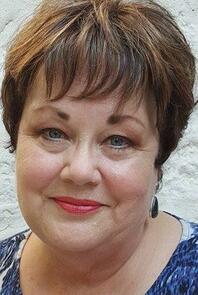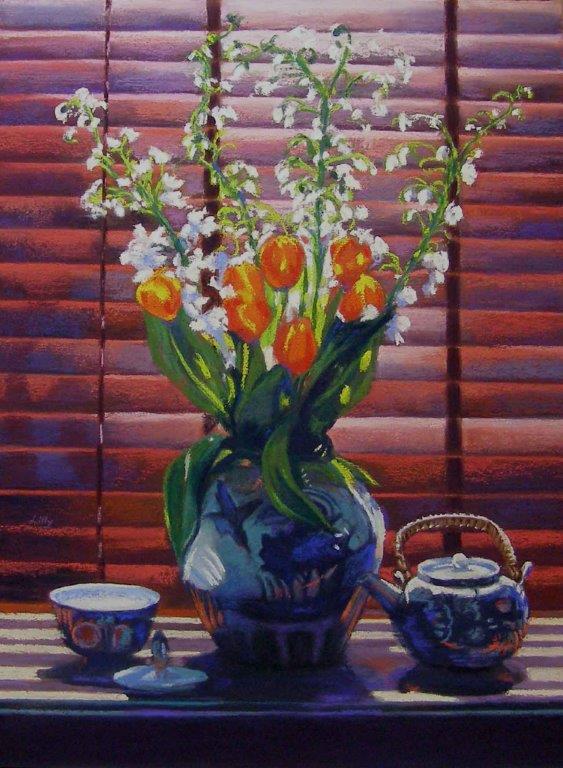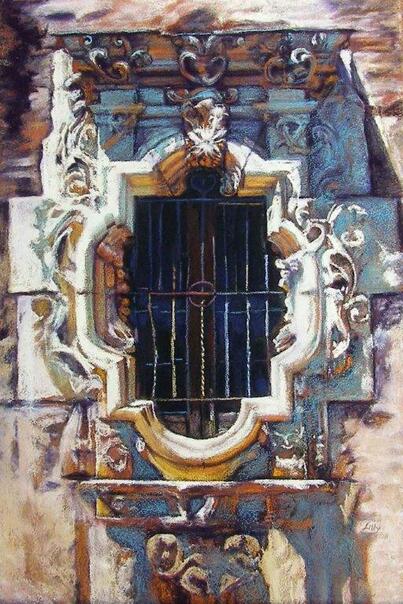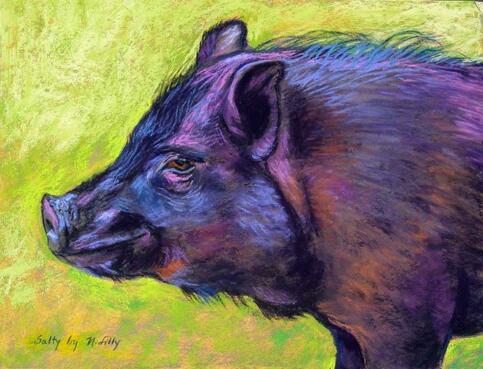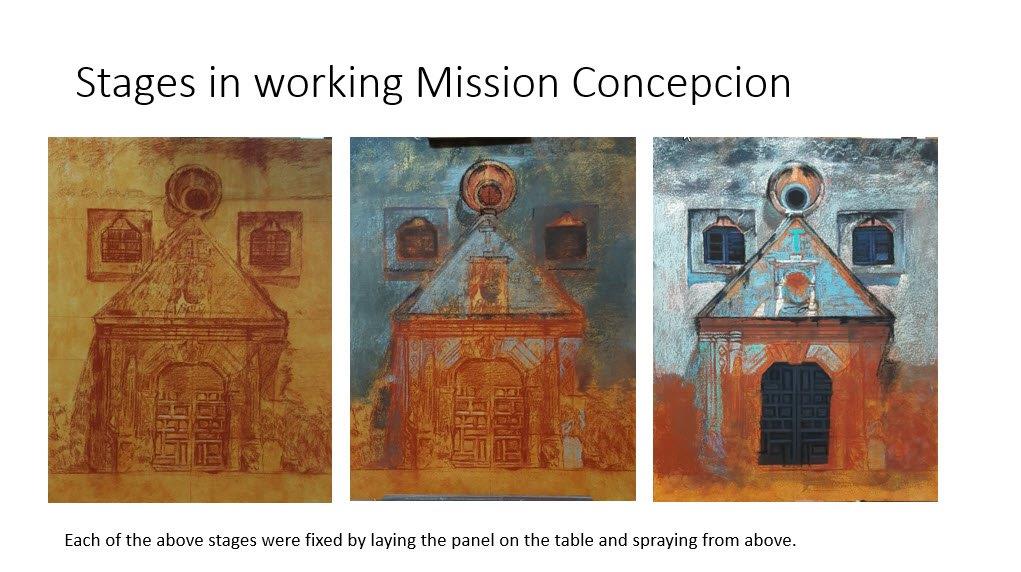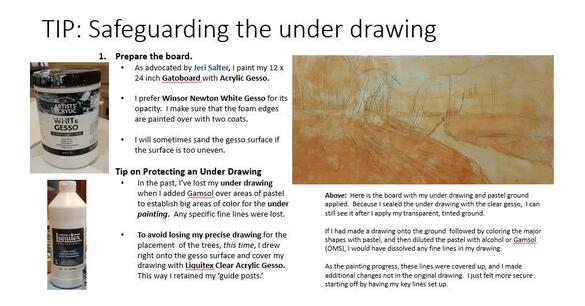Nancy Lilly
FEATURE ARtist March 2019
Insights are gained through time and a certain kind of ‘reflection.’ |
I’ve been told that I was three years old when I began drawing, on everything. Family stories abound with me drawing stick figures on freshly painted walls and designs using crayons to ‘color’ my bedspread. I do not know why I’ve always been driven to make art, I only know I always have. When I was five I remember my father carrying me in his arms through the National Museum of Art and feeling overwhelmed with all I saw.
I have worked in many different mediums, but over time, I find that pastel gives me the immediacy in handling and strength of color to better express the subject at hand. My surfaces are always a complex build up between warm and cool color. Always in a hurry, pastel doesn’t make me wait. As in life, what you see ‘up close’ and what you perceive from afar are different. Lately I have focused on a series of historical architecture and landmarks that as a Texan have contributed to my identity and life perspective. The effect of light and shadow on these man-made structures create for me something of a giant still life that echo the impact of the doors and windows of life. The doorway or window can be very old, but the path and perspective encountered is almost always new. |
